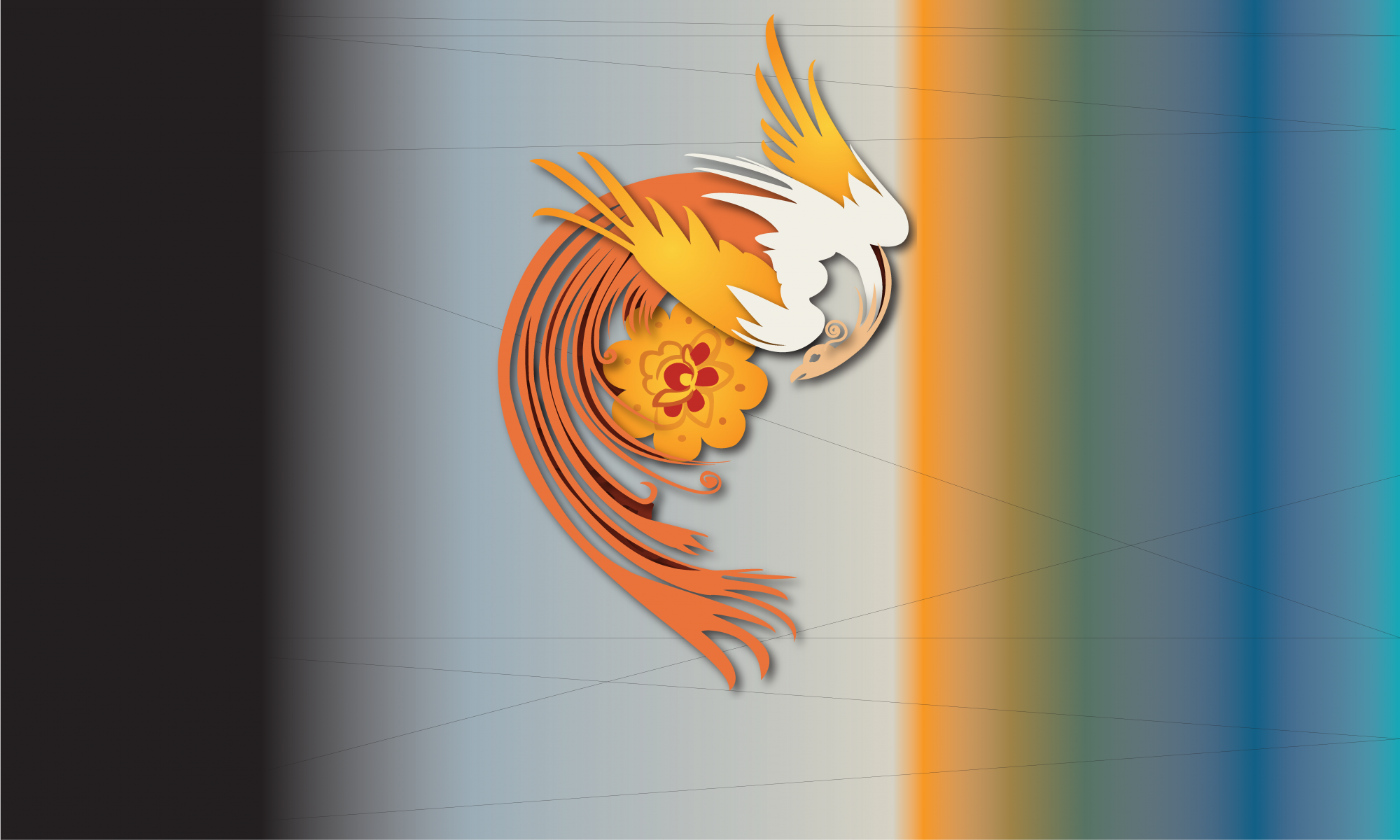Deadline: December 1, 2022
At the turn of the 20th century, Russian and Western intellectuals were much taken by the mystical, the enigmatic, and the transcendental, not least, Helen Blavatsky with her Theosophical quest and Rudolf Steiner with his elaboration of Anthroposophy— the latter, according to Nikolai Berdiaev, being “one of the most interesting tendencies… attracting cultivated people such as Viacheslav Ivanov and Andrei Belyi.” By the early 1880s Russian translations of occult authors, such as Louis Jacolliot, Charles Richet, and Frank Podmore were already appearing, Russian writers like Aleksandr Butlerov with his “Stat’i po mediumizmu” and Aleksandr Aksakov with his Animizm i spiritizm following rapidly . Esoteric periodicals Rebus, Izida, and Vestnik Teosofii also mushroomed, coinciding with new interpretations of Orthodoxy as well as scientific investigations into the human psyche and the nervous system. In particular, mental illness, as another state of consciousness, formed a cardinal subject of both scholarly and artistic inquiry, a tendency which left a deep imprint on writers such as Leonid Andreev, Anton Chekhov, and Vsevolod Garshin.
It was the visual arts, however, which enhanced this spiritual voyage, Bely’s abstract paintings being a case in point. Indeed, the notion of art as a powerful tool for healing and transmuting “reality” and for escaping to “other worlds” preoccupied many accomplished artists of the time, not least, Wassily Kandinsky, Nicholas Roerich, and Mikhail Vrubel’ — whose explorations often intersected with concepts such as the Pythagorean music of the spheres, synesthesia, divination, and telepathy. This intense relationship between Russian Modernism and the higher plane constitutes the central theme of issue No. 31 of the journal Experiment (Fall, 2025) — which welcomes answers, albeit tentative, to the following questions:
· What are the techniques which artists used to explore the unknown?
· What drove individual artists towards the “Other” and whence — and whither — did they escape?
· How did the pursuit of the spiritual change the creation and reception of art?
· In conjuring with the fourth dimension, how did artists elicit the unseen?
· Which esoteric societies and systems (Kabbalah, Rosicrucianism, Theosophy, Anthroposophy) were essential to the development of Russian Modernism?
· Were Russian esoteric societies national or transnational?
· How did artists treat Demonism, astrology, and Spiritualism?
· What, for artists such as Vasilii Denisov, Nikolai Kalmakov, and Roerich was the “Other”?
· Was Russian Modernism in itself an altered state of consciousness?
The length of the article is around 4000-5000 words, and the abstract deadline is December 1, 2022. Experiment, an annual journal devoted to Russian culture, focuses on the movements of the early twentieth century. For more information, please see https://brill.com/view/journals/expt/expt-overview.xml.
